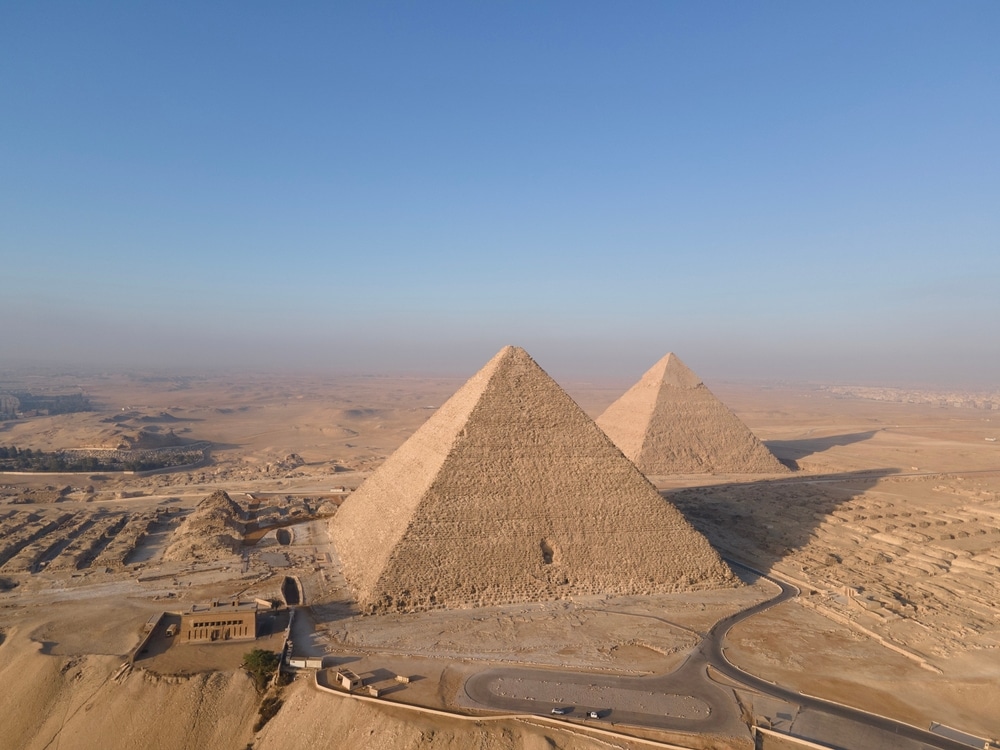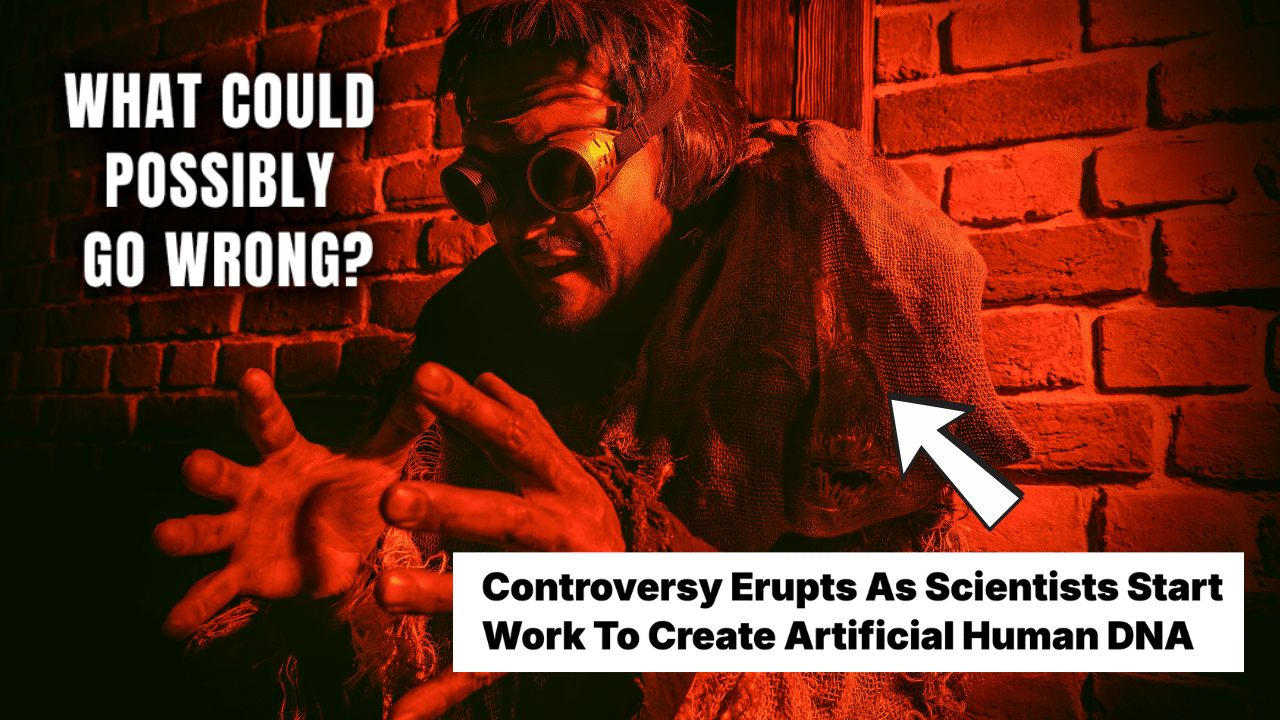(OPINION) The body of Jesus Christ and the Ark of the Covenant may well be found in the ‘Cave of the Patriarchs’. Jaw-dropping research from a British anthropologist looks set to blow everything we know about Jesus’ body after death out the water.
Dr Warner has shown all his findings from extensive research to the Egyptian Supreme Council of Antiquities.
According to the scientist, the sarcophagus of Jesus Christ and the Ark of the Covenant have been stored for centuries in a hidden double-cave, beyond a stone block which seals the southern passageway of the subterranean chamber beneath the Great Pyramid in Giza.
According to the Daily Star, Dr. Warner first presented his 10-year research project to the Director of the Science Office around Christmas 2021.
The director enthusiastically supported Warner’s research, calling it “a scientific revolution […] for the benefit of all humanity.” Warner’s working hypothesis was reinforced by extensive fieldwork in Egypt and site surveys deep inside the pyramid using the latest technology.
Surveys which showed manmade structures beyond the last remaining stone block, in the southern passageway; confirmation that his hypothesis was correct.
Dr Warner’s video and photographic records were the first such images to emerge from the deepest, and most remote part of the original pyramid structure; carved out of the bedrock itself.
Central to Christianity is the belief that Jesus Christ died on a cross, was buried, and rose from the dead on the third day. This event, known as the Resurrection, is documented in the New Testament across all four Gospels (Matthew 28:1-10, Mark 16:1-8, Luke 24:1-12, John 20:1-18).
The Resurrection is not merely a symbolic or spiritual concept but a physical reality in Christian doctrine, signifying Jesus’ victory over sin and death.
The empty tomb is a cornerstone of this belief, with no credible historical evidence suggesting that Jesus’ body remained buried or was relocated. The claim that Jesus’ body is hidden under the Great Pyramid directly contradicts this theology.
It implies that Jesus did not rise, undermining the foundation of Christian faith. Such a narrative could mislead individuals, particularly those exploring Christianity or unaware of its teachings, into questioning the Resurrection’s validity.
The New Testament accounts, written within decades of Jesus’ life, consistently affirm the empty tomb. Early Christian martyrs, who faced persecution and death, testified to the risen Christ, not a buried body.
Secular sources, such as the Roman historian Tacitus and Jewish historian Josephus, indirectly corroborate aspects of Jesus’ life and death, but none suggest his body was preserved or hidden.
Education is key to combating deception. Encouraging critical thinking, teaching the historical context of Christianity, and promoting discernment in evaluating sources can help individuals distinguish fact from fiction.
Churches and communities can also engage with such claims openly, using them as opportunities to clarify the Resurrection’s significance.










